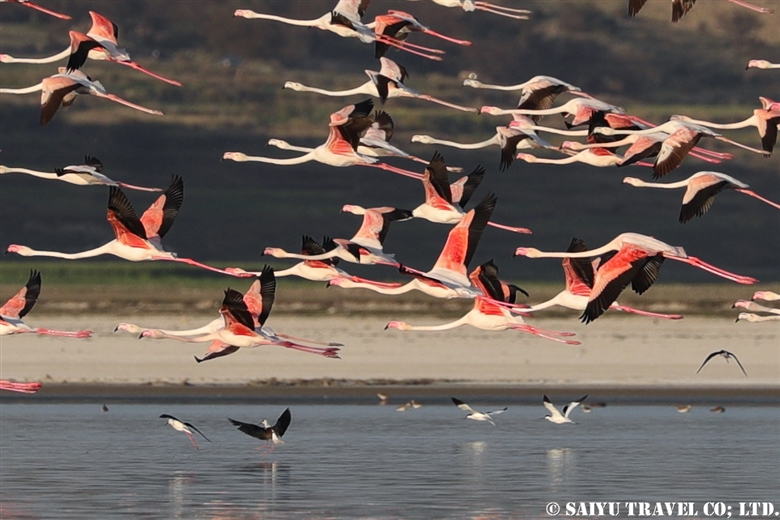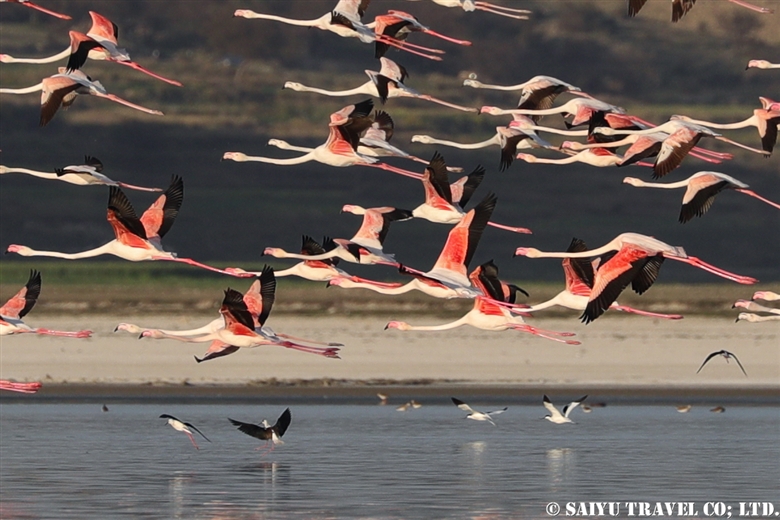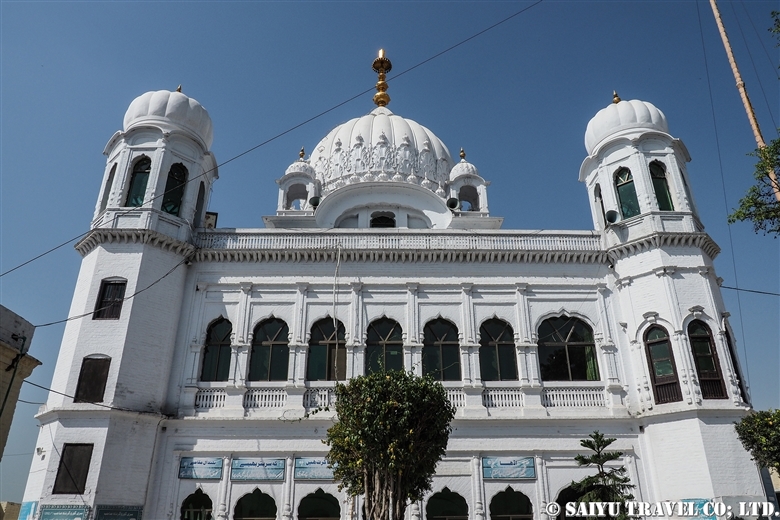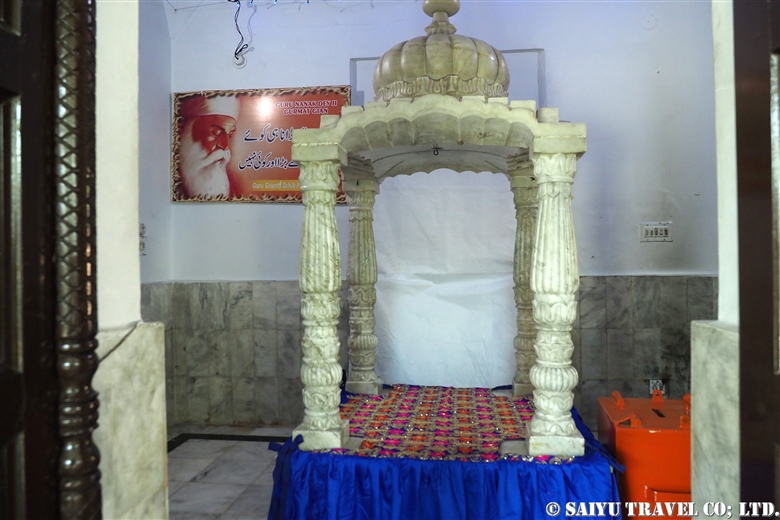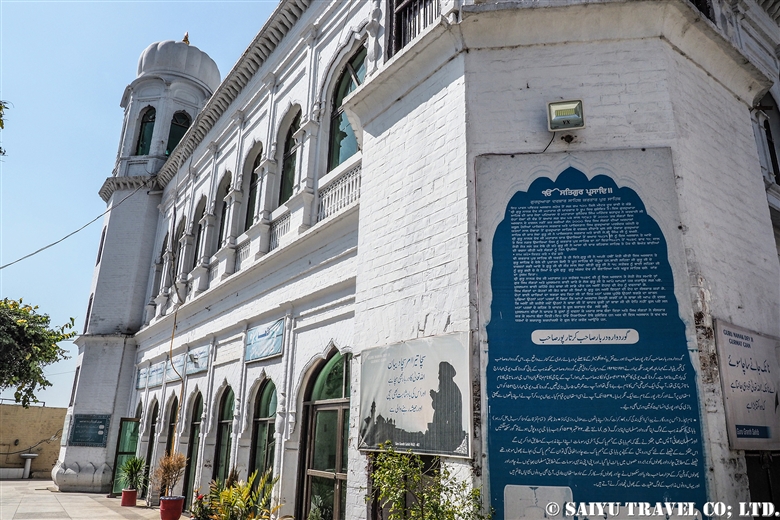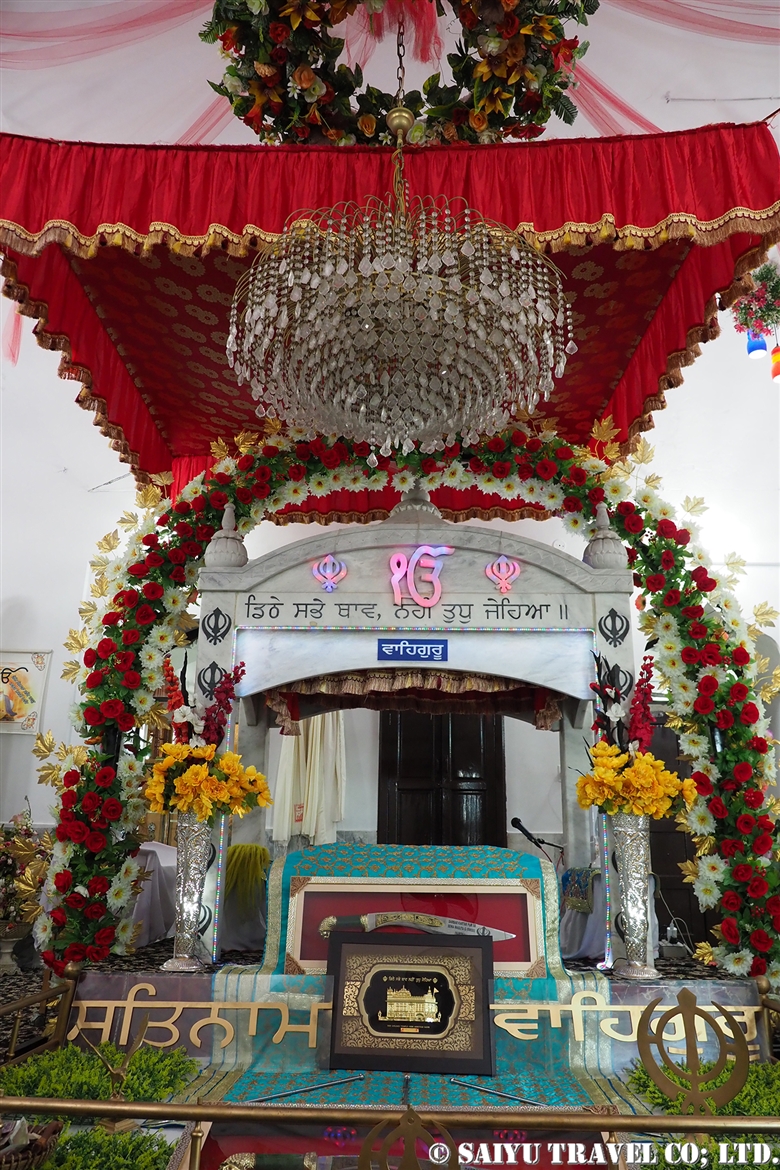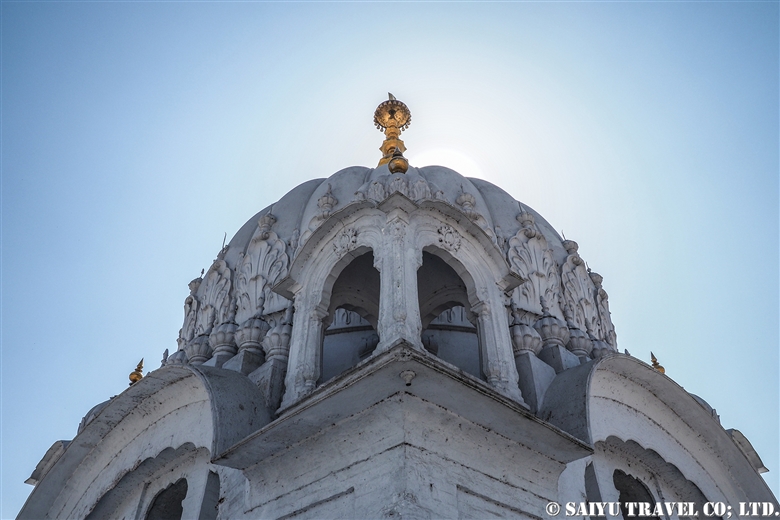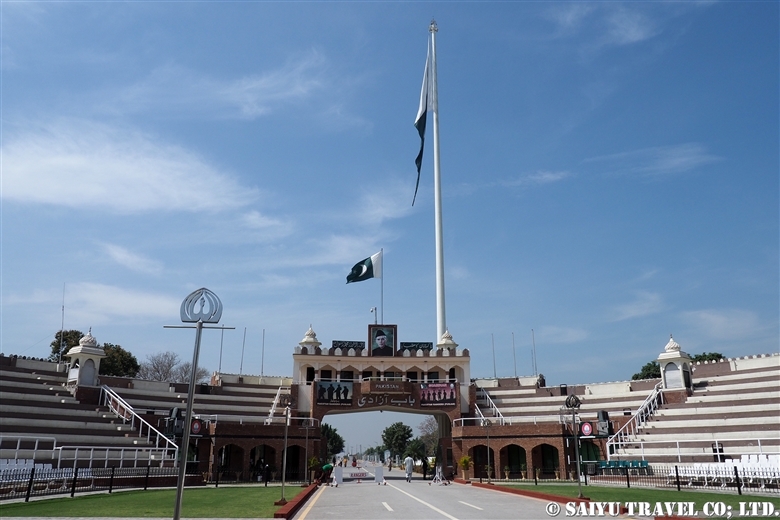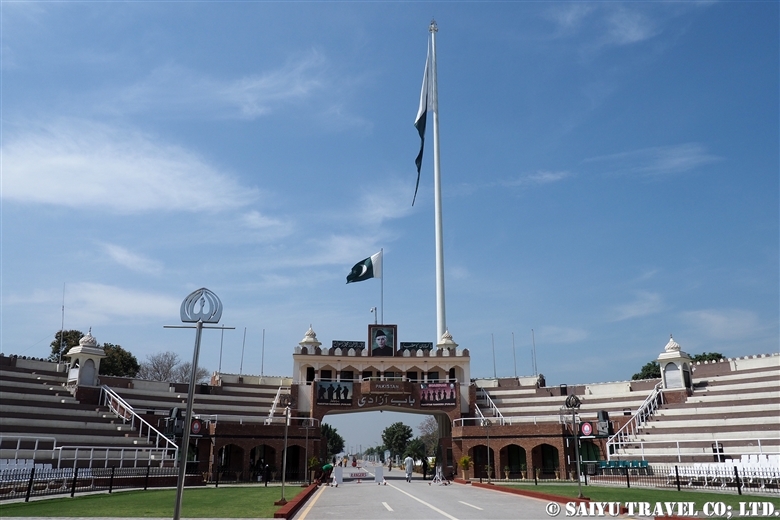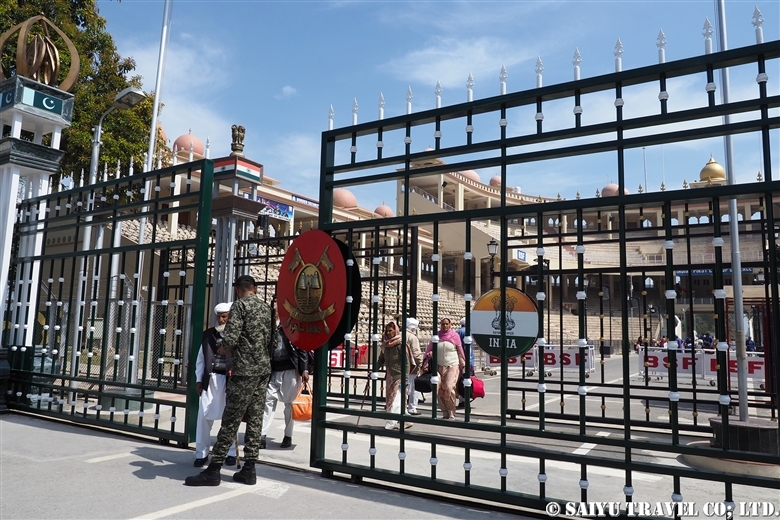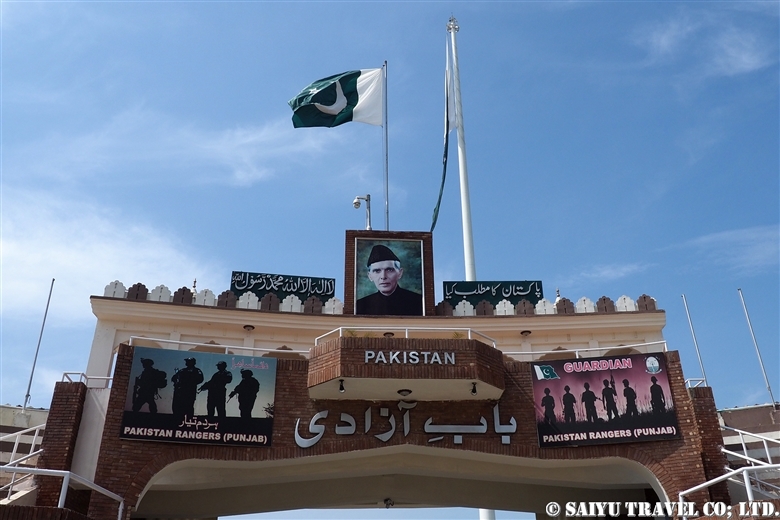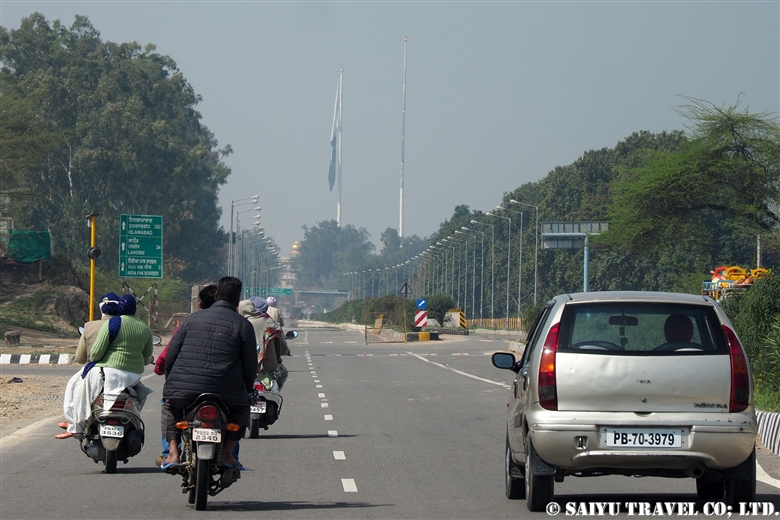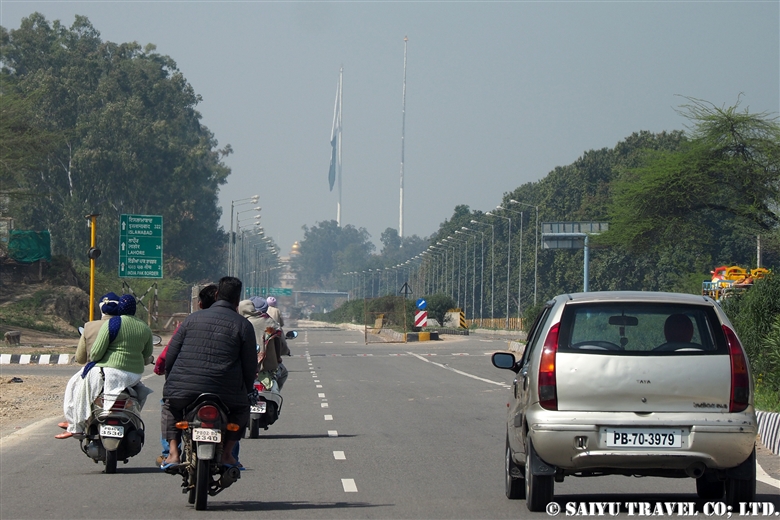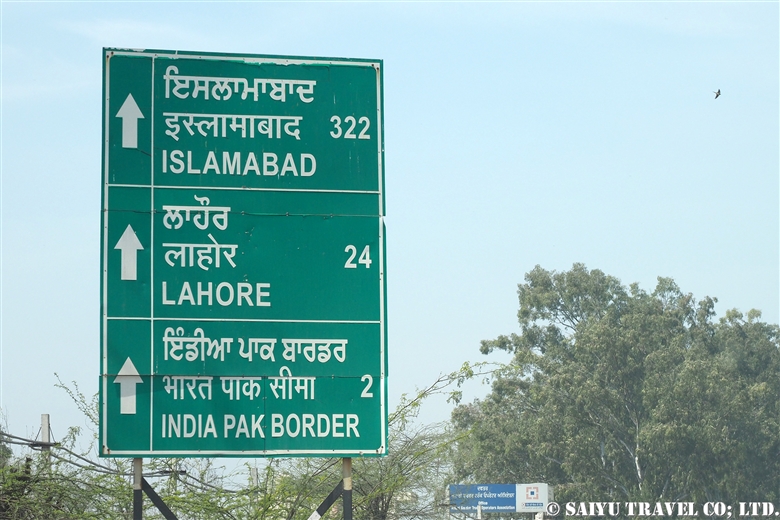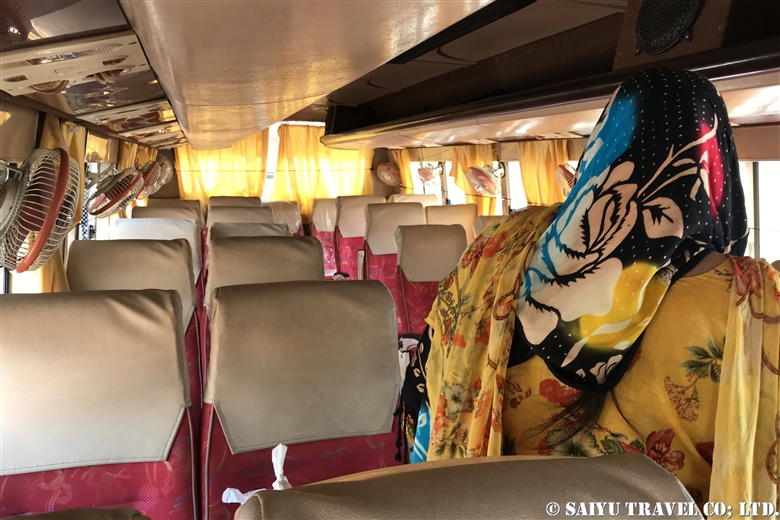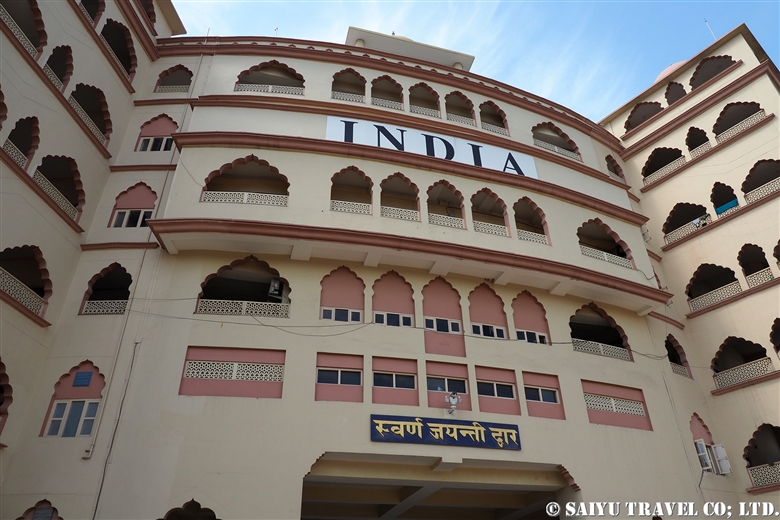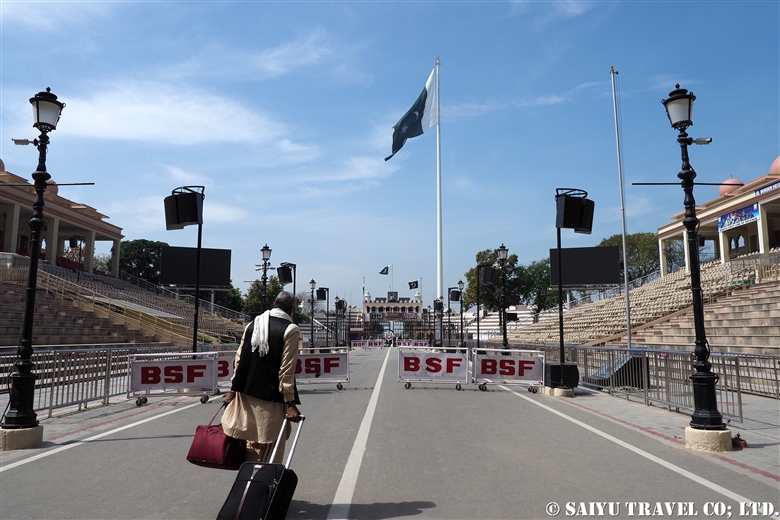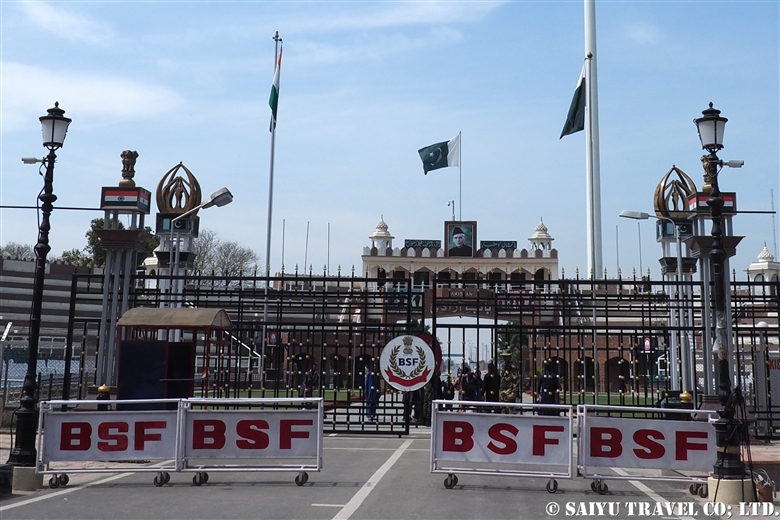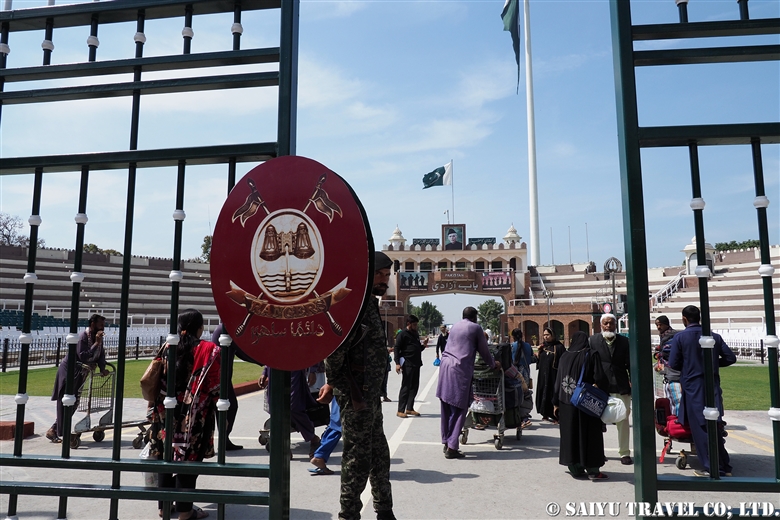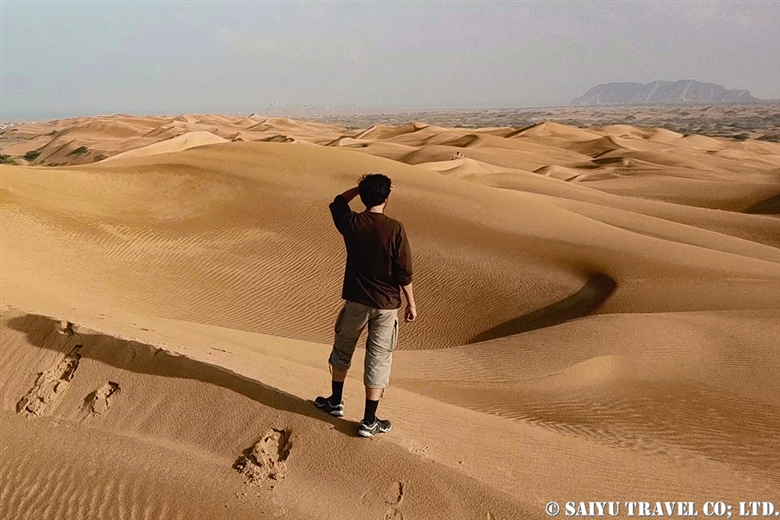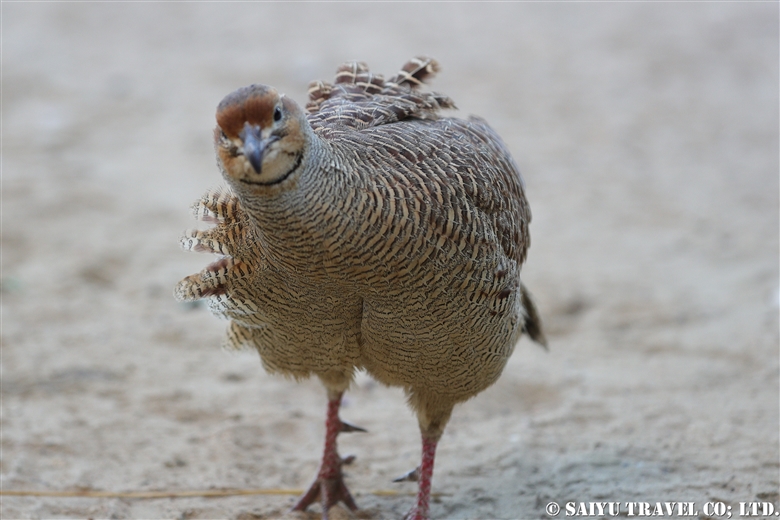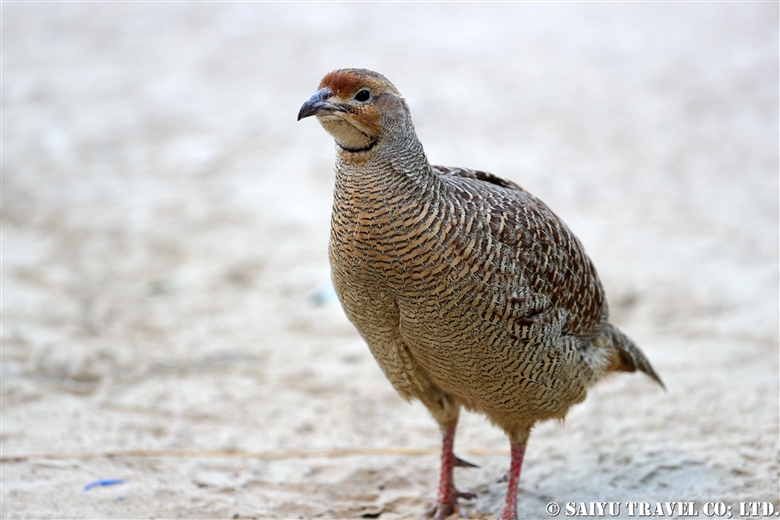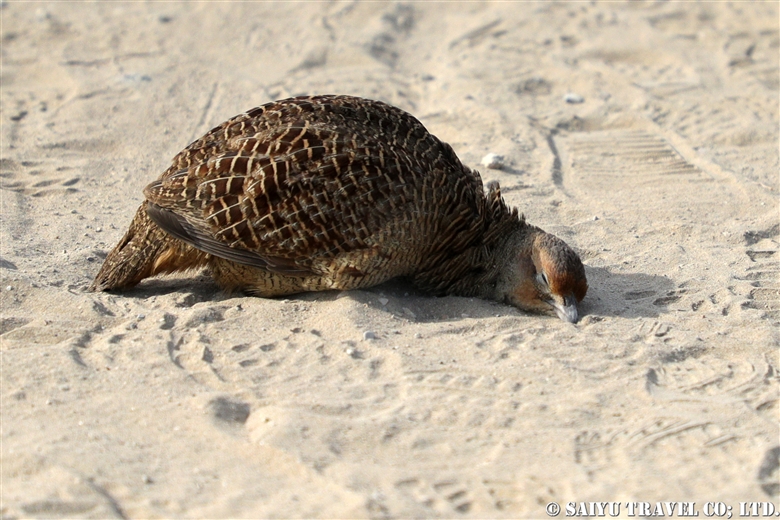Enthusiastic Pakistanis at Wagha Border
Enjoying flag ceremony is not only the ceremony itself but the “Pre-ceremony” period.
To witness the Pakistani people who love their country, this is the best place and it is fun too!
Let’s say aloud everyone, (Long-live) Jeevay Jeevay Pakistan!
Videography : Mariko Sawada
Visit of wagha : March 2019
*Contact us, Indus Caravan for more information or to make arrangements in Pakistan.
*Please follow us on Youtube, Instagram & Facebook
Category : = Video Clip Punjab > ◆ Video Breathtaking Views of Pakistan > - Wagha Border > ◆ PunjabTag : India Pakistan border crossing , Pakistan Blog , Pakistan Travel company , Travel Pakistan Blog , Pakistan tour operator , Wagh Flag Cereony , Pakistan Photography Tour , Wagha border , Indus Caravan , Saiyu Travel Pakistan , India-Pakistan border , Flag Ceremony







